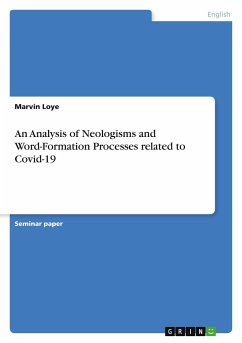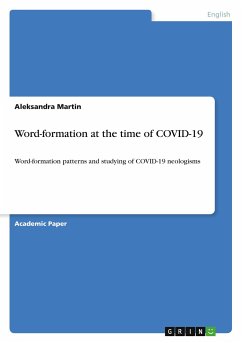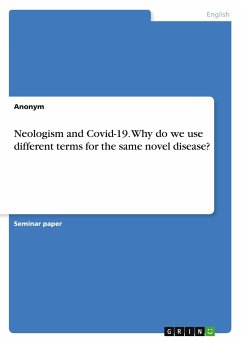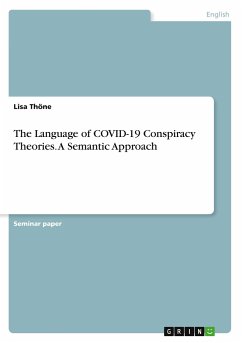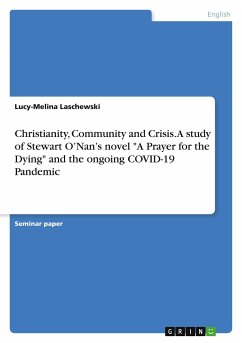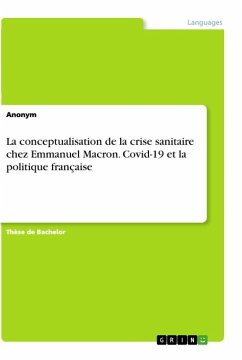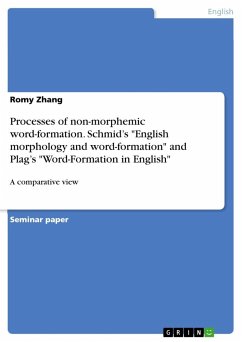Seminar paper from the year 2022 in the subject English Language and Literature Studies - Linguistics, grade: 1,3, University of Leipzig (Institut für Anglistik), course: Systemlinguistik: Morphology, Syntax, Semantics, language: English, abstract: This research focuses on the linguistic field of morphology, investigating neologisms that emerged due to the Covid-19 pandemic. Firstly, morphological terms and definitions are presented in order to explain how these words were created, followed by a thorough explanation of how neologisms are formed through word-formation processes. Then, this study inspects a corpus of hundred neologisms related to the coronavirus to examine through which types of word-formation they were produced. In addition, the research aims to figure out what processes are the most productive regarding these Covid-inspired words. Finally, the results are discussed and tabulated. At the beginning of 2020, the infectious coronavirus disease, caused by the SARS-CoV-2 virus, spread globally and turned into a worldwide pandemic (Coronavirus Disease (COVID-19), n.d.). As a result, not only did the virus cause six million deaths and a socio-economic crisis, but it also influenced the English language (WHO Coronavirus (COVID-19) Dashboard, n.d.). The human language is always changing and evolving because it needs to adapt to the changing needs of its speakers (Birner, n.d.). Eventually, certain developments such as the outbreak of the coronavirus will automatically lead to a linguistic change in unpredictable ways (Crystal, 2003). Since individuals had to face social distancing, lockdowns, quarantines, and the dangers of the coronavirus itself, a vast number of neologisms, meaning new words in a certain language, emerged in order to describe the changing realities (Yule, 1996). Such a change in language can influence ¿formal linguistic aspects of phonology, morphology, syntax, and semantics¿, as well as non-linguistic factors of pragmatic and social aspects of language (Al-Salman & Haider, 2021).

